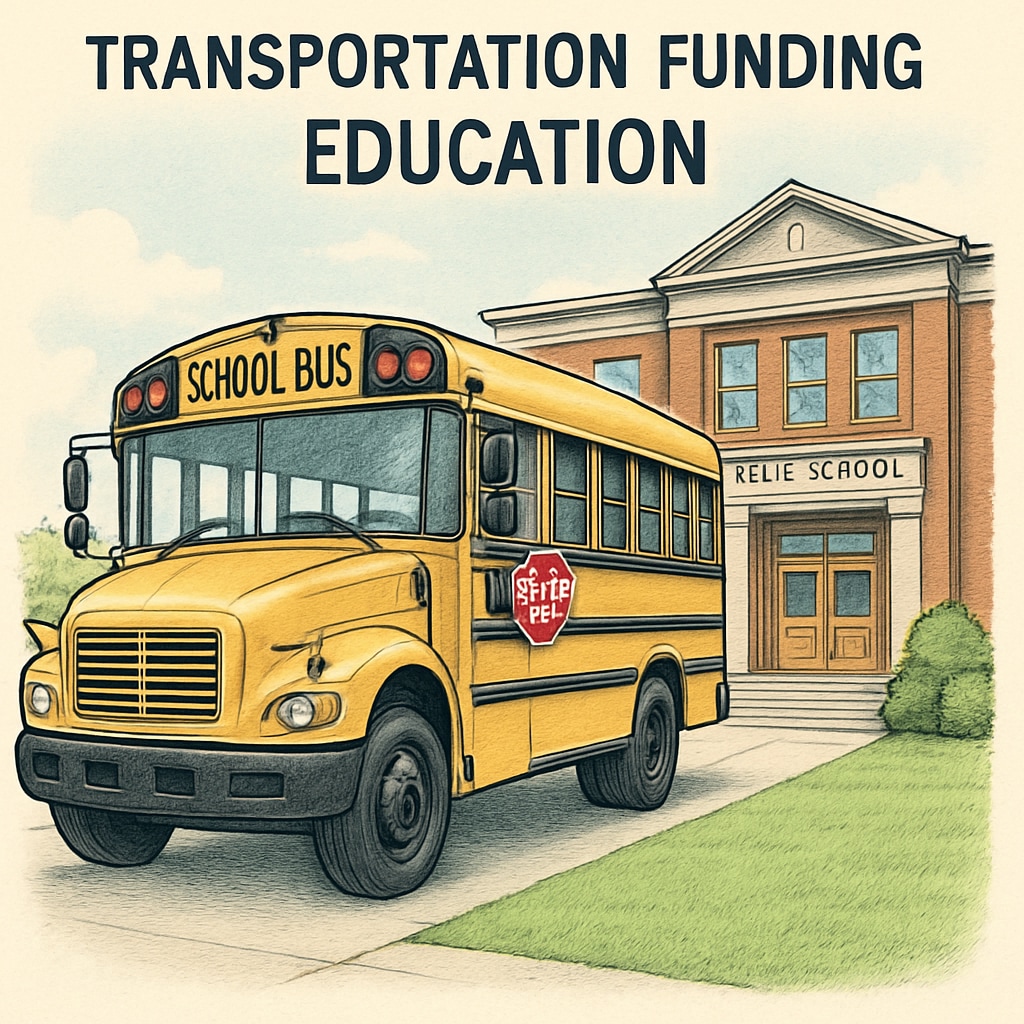When analyzing K-12 education budgets, the metrics of “per-student spending” often serve as a benchmark for understanding resource allocation. However, these figures can be misleading due to the influence of specific funding streams, such as transportation costs, which artificially inflate the reported numbers. This phenomenon raises critical questions about the transparency and accuracy of educational budget data and its implications for decision-making processes in schools and districts.
How Transportation Costs Skew Per-Student Spending Data
One of the most significant contributors to the distortion of per-student spending statistics is transportation funding. School districts often allocate substantial portions of their budgets to transportation services, including purchasing and maintaining buses, fuel costs, driver salaries, and insurance. While necessary, these expenses do not directly impact classroom instruction or student learning outcomes. Yet, they are included in the per-student spending calculation, creating an inflated figure that misrepresents the actual investment in educational resources.

For example, rural districts with dispersed populations may have higher transportation costs compared to urban districts. This disparity can lead to significant variations in reported per-student spending, even if the actual classroom expenditures are similar. As a result, policymakers and stakeholders might misinterpret these figures, potentially prioritizing funding adjustments based on incomplete or skewed data.
Charter Schools vs. Traditional Public Schools: A Funding Comparison
Another critical factor in understanding per-student spending is the comparison between charter schools and traditional public schools. Charter schools often operate under different financial models, with funding primarily directed toward instructional costs and limited spending on ancillary services like transportation. In contrast, traditional public schools are required to provide a broader range of services, including transportation, meal programs, and extracurricular activities, which contribute to higher overall spending figures.

The inclusion of these ancillary services in per-student spending calculations can obscure the true disparities in educational investment between these two types of institutions. For instance, a charter school might report lower per-student spending due to its streamlined operations, even though its direct instructional spending per student is comparable or even higher than that of a public school. Such differences highlight the need for more nuanced budget reporting that separates instructional costs from non-instructional expenditures.
The Importance of Transparent Budget Reporting
Given the complexities of educational funding, transparency in budget reporting is essential for making informed decisions. Separating instructional expenses from non-instructional costs, such as transportation, facilities maintenance, and administrative salaries, can provide a clearer picture of how resources are truly allocated. This level of detail would enable policymakers, educators, and parents to better assess the effectiveness of funding strategies and advocate for equitable resource distribution.
Moreover, adopting standardized reporting practices across districts and states could help mitigate discrepancies caused by varying definitions of per-student spending. For example, creating separate metrics for instructional spending and total operational costs would allow for more accurate comparisons and highlight areas where funding adjustments are needed.
Conclusion: Rethinking Per-Student Spending Metrics
The use of per-student spending statistics as a measure of educational quality is both widespread and problematic. Factors like transportation costs and differences between charter and public school funding models reveal the potential for these metrics to mislead stakeholders. By prioritizing transparency and adopting more nuanced reporting practices, education systems can ensure that funding data accurately reflects the resources dedicated to improving student outcomes. This approach is crucial for fostering equity and effectiveness in K-12 education budgeting.
Readability guidance: This article uses short paragraphs, lists where appropriate, and transitions to maintain flow and clarity. Passive voice usage is minimal, and complex sentences are avoided to ensure accessibility for a broad audience.


